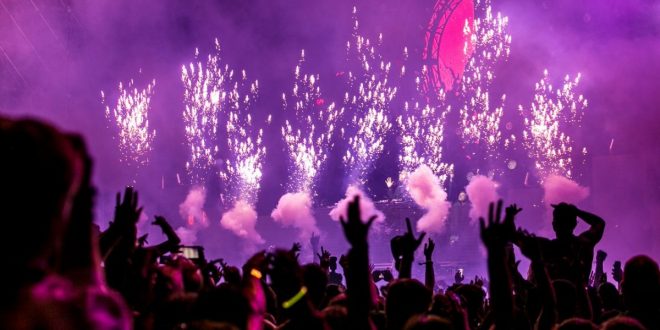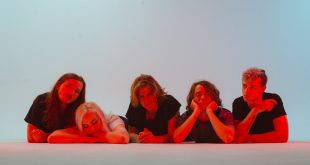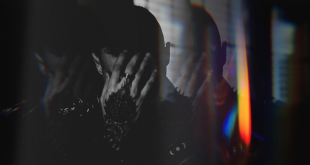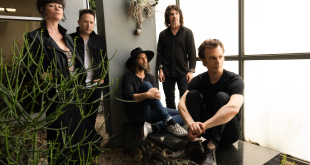Summer is fast approaching and with it comes the Festival season. A great time to go and enjoy some live music and at the same time capture some awesome images.
Looking at events that took place last year in the UK alone, more than four million fans went to more than one thousand different music events. Beautiful, quiet, and lush rural Britain turns into a hub of activity when Brits get together to enjoy a good music festival.
These festivals offer photographers a wealth of amazing images and exciting colors to capture on film. There will be no shortage of interesting subjects to photograph and no time to dabble on your phone playing for an Intertops casino bonus. You’ll be too busy. Below is some advice on how and what to photograph at festivals.
Gaining Admittance
Most music festivals will expect you to produce a ticket and if you have with you a professional camera they will expect to see a photographer’s photo pass. This is usually dealt with by an external PR company or by the Festival’s organizers themselves. You will be able to find out exactly if you go into the festival’s website where all the relevant information will be located.
Whether you are issued a photo pass will depend on the size of the festival, who you are doing the shoot for and how many passes available. Most festivals, even smaller ones, and PR companies, will expect the photographer to be representing a publication, a known website or an agency.
Only few will allow an unaffiliated photographer to take photos. It could be that if you have actually photographed other events or have photographed one of the artists performing at the festival you may get lucky and gain access. Therefore, it is a really good idea to create a portfolio of images of live music festivals and also to develop relationships with those publications and PR agencies involved in these festivals.
The Camera
There are some specific features that are particularly useful for use at these kinds of festivals. It may be useful to invest in a camera that has these features although it is not absolutely necessary.
The favorites among music photographers have good low-light ISO and AF performance, together with good battery life and weather sealing. The truth is, many full-frame DSLRs have these features. For instance, Nikon’s D750 and D850 or Canon’s 6D Mark II and 5D Mark IV. For those with a good budget, the Nikon D5 and Canon 1DX Mark II are superb. You could also consider Sony’s full-frame A7 line which also has some worthwhile options.
Lenses
The size of the festival and whether the stage is outside or inside, or both, will determine which lenses you need. You should take with you only what you need. You’ll be carrying around all your equipment so only what you need is what you should take. The following lenses should suffice:
Small outside stages and those with tents. Images of people in the crowd and artists: 24-70mm f/2.8 standard zoom.
Stages at big festivals can be very tall so you’ll need: 70-200mm f/2.8 telephoto zoom.
In very low light situations this will be truly helpful: 50mm f/1.8 prime.
Equipment checklist – things you should never be without.
Watertight bag for your camera: You may well need to carry your belonging with you. Very few festivals have a secure place to leave your equipment. Sometimes you will need to trek from one stage to another and there can be quite some distance between them.
Having a good bag to carry your camera will make your life easier. A good backpack like the Lowepro ProTactic 450 AW will do the trick. It has good back and shoulder support, is easily accessible and has that essential waterproof cover.
Waterproof cover: If it is a British music festival, be prepared for a shower. You have to have good cover for your camera and lenses. You can find very inexpensive covers and they are very lightweight. OpTech’s Rainsleeves works well but if you prefer something thicker you could try those made by Wildlife Watching.
Memory cards: Some festivals can run for a few days. You will need to have memory cards with you if you do not plan to back up as you go. Several 64, 32 and 16GB cards with fast write speeds. Always make sure you have enough with you.
Batteries: It is worth estimating how many images you plan to take and how much battery juice you will need. Try to figure out how many batteries that would use and then make sure to take at least twice that amount with you. Very rarely at festivals will you find places to charge camera batteries. So, go prepared.
Cleaning kit for your Lens: All your equipment is going to take a beating at a festival. There is no way you will not need to clean it. Be it from mud, rain or beer. Pack a cloth for cleaning your lens and be ready to catch those moment to moment images.
Using Clashfinder: Clashfinder.com is amazing for navigating your way around a festival. Sometimes there are a number of stages and you need to be at a certain one at a particular time. Clashfinders offers a timetable of what’s happening, when and where. Saves you time and energy.
Food and water: Don’t forget to pack some food, snacks or nibbles. Going from stage to stage is tiring and you will need to keep your energy up. Sometimes it can be really hot under the sun all day, a bottle of water is a must.
Earplugs: Strange, but yes, you should invest in some good earplugs. At a music festival and standing all day, probably close to giant speakers, will not be good for your hearing. Wearing earplugs will definitely make your working day more comfortable and will also help you to avoid any future hearing problems.
Optional Odds and Ends: It might be useful to have your laptop with you in case you need to upload or send images quickly to your agency. You could think about bringing an extra camera but of course that is extra weight. Also using a flash, while not usually allowed in the press pit, might be useful for shooting band members later on when it is dark outside.
Four main shooting situations
The arena: This area is probably the best place to get some great images of people enjoying the festival and images that capture the atmosphere at the festival. You can get some really spectacular shots of different artists, fans in fancy dress and sometimes shocking getups, the different food stalls and art stands. You can collect some amazing shots to add to your portfolio. Using a 24-70mm lens would be good for these types of shots.
Small tents: At most music festivals there are often a few smaller stages, usually in tents. The lighting here can prove to be tricky but they do give you the opportunity of getting up close and to get some intimate shots. If you have a pass you’ll be able to access the press pit but a flash will not be allowed. If the light is really not good you can use a 50mm f/1.8 prime which will make the best of the light that’s available.
Large tents: The bigger tents usually have better lighting but they tend to be higher of the ground. It’s not great to take shots looking up from the ground. In order to get a better shot, by standing further back use a 70-200mm f/2.8 lens.
Fill the frame. Your camera settings will probably be similar to those used in the smaller tents, but depending on the available light, you might want to consider opening up your aperture slightly for a
Outdoor stages: Almost all of the biggest musical festivals have their main stages outside in the open. That’s great as far as the lighting is concerned. Good natural light all day long. However, you will have to look after your equipment a little more, depending on the weather. Using a 70-200mm lens will give you the reach you need to stand back from the stage.
When in natural light you can use lower ISO levels, quicker shutter-speeds and narrower apertures. If the sun is really strong and the performer moves continually across the stage into shade, you may need to keep an eye on your exposure settings.
 Music Existence Because of Music, We Exist
Music Existence Because of Music, We Exist




